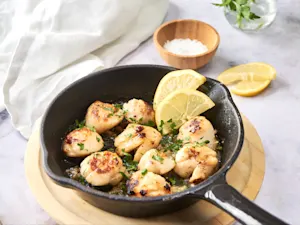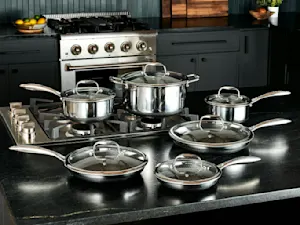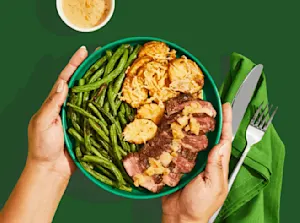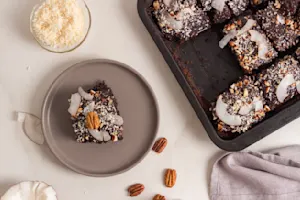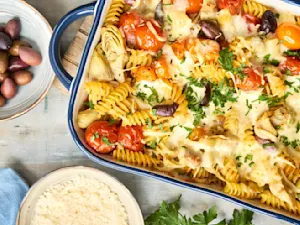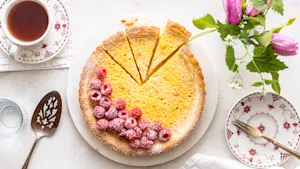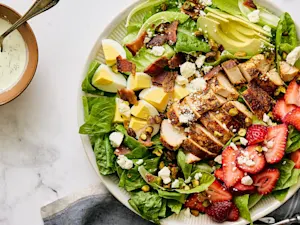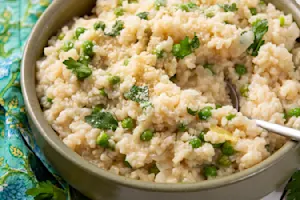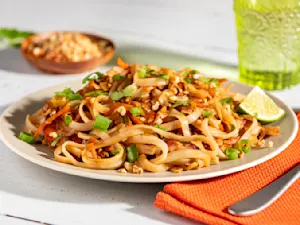
The Secret to Scrambled Eggs
Nothing ruins a beautiful breakfast spread faster than tough, chewy, sulfuric eggs. The ability to make scrambled eggs is a life skill, but it's more complicated than it seems — especially if you want scrambled eggs that are truly delicious. The French have mastered simple scrambles with a creamy just-cooked texture and a few chopped chives as a garnish. But you may prefer the more maximalist approach with cheese, veggies, or meat added.
No matter how you like 'em, there are a few ways to improve your egg game to impress your loved ones but more importantly — yourself.
How to Make Better Scrambled Eggs

Quality Eggs
Common sense holds that the better ingredients you start with, the better your end result will be. For unbeatable eggs with orange-colored yolks, you might try sourcing them from a local farm or farmers market. These eggs will also probably be the freshest. For grocery store eggs, you'll want to go for cartons that are labeled with "pasture-raised" and "organic."

Butter
Commit this to memory: Fat is flavor. You can scramble your eggs in any fat—olive oil, duck fat, or ghee. But butter, in all its rich glory, reigns supreme. The dairy-based fat adds an unmatched creaminess that will help your eggs remain soft and velvety. As with the eggs, the highest-quality butter you can acquire is ideal.
Salt
A pinch of salt before cooking will help enhance the flavor of the butter and the eggs. It's best to be conservative and not oversalt in the early stages of cooking. You can always add more after the eggs are cooked, if necessary.

Heat
This might be the most important part of making the best scrambled eggs possible. Low and slow is the name of the game here. You should set your burner to low to start. You might bump it up to medium-low if it's not coming together and remains liquid-y, but you really do not want to go above that level of heat.
Starting with low heat ensures your butter gets a nice melt going and that the skillet isn't so hot that you scorch your eggs as soon as you pour them in. High heat means hard eggs. Be prepared to watch the eggs closely and adjust the heat during the cooking process. Once you're done cooking, move it off the heat and to a dish as soon as possible.
Movement
Scrambled eggs aren't a "set it and forget it" process. Just as you need to keep a close eye on the heat, you'll want to almost constantly move the eggs in the skillet. This helps cook all parts of the eggs evenly, but also ensures no one part gets too hot or too tough. While paying lots of attention is important to the cooking process, it shouldn't take more than a few minutes to cook scrambled eggs properly.
With all this in mind, you should be ready to begin bringing beautiful breakfasts to your kitchen bar or table!





